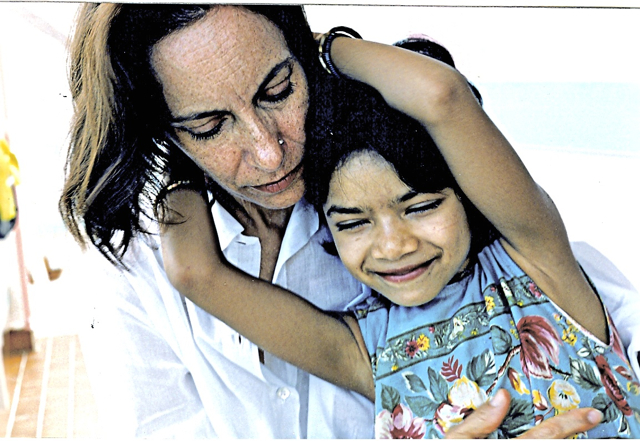I am missing my daughter like a phantom limb – pain living in the tissue of absence. Phantom limb pain used to be called a sensory ghost. It is a way in which the nervous system refuses to accept the absence of what was there.
She has become a ghost – an apparition that haunts all of us who knew her. In Norman Doige’s book, The Brain That Changes Itself, he tells us that for those who have lost a limb, “Long after the body has healed, the pain system is still firing and the acute pain has developed an afterlife.” Losing a daughter is like an amputation – there is no real turning off the pain signals.
Bonnie Bainbridge Cohen speaks about a way in which the nervous system can regenerate. What happens when more information comes in than you can process? To save our lives, we refuse the information. She says that the trauma goes back into the tissues until it can be processed. When we do not work to figure it out or change it, little by little, the body-mind finds a way for it to be absorbed. We do this by choosing the easiest path, which I take to mean waiting the long wait as the system re-calibrates.
When I was studying the Sedona Method, the suggestion was made that when the storm hits, don’t try to ride those waves, but become the sea, dive under and wait it out in the quiet depths of the ocean floor.
Does that help? Yes and no and then again yes. Nothing makes us more vulnerable, more tender than our children. Nothing. Is the pain less searing? Yes. Is it gone, no. The difference is that more and more, I experience myself not as the pain itself but as the awareness that holds it, one breathing moment at a time.
